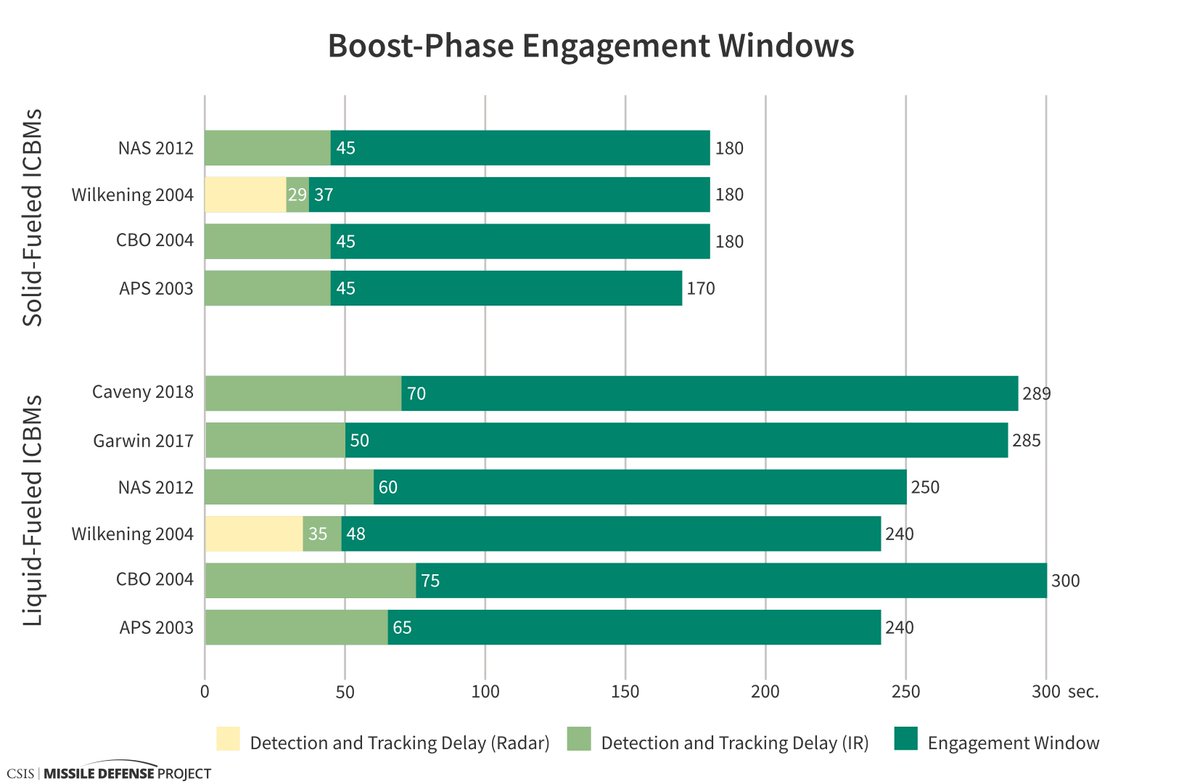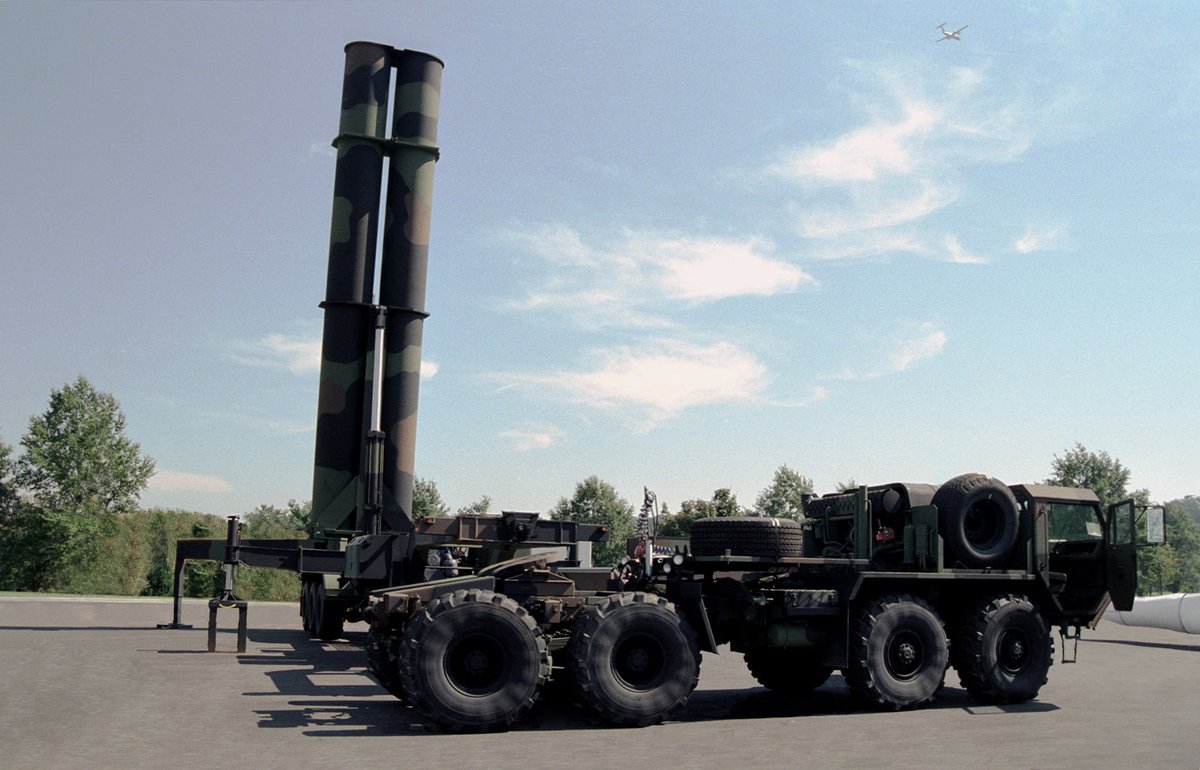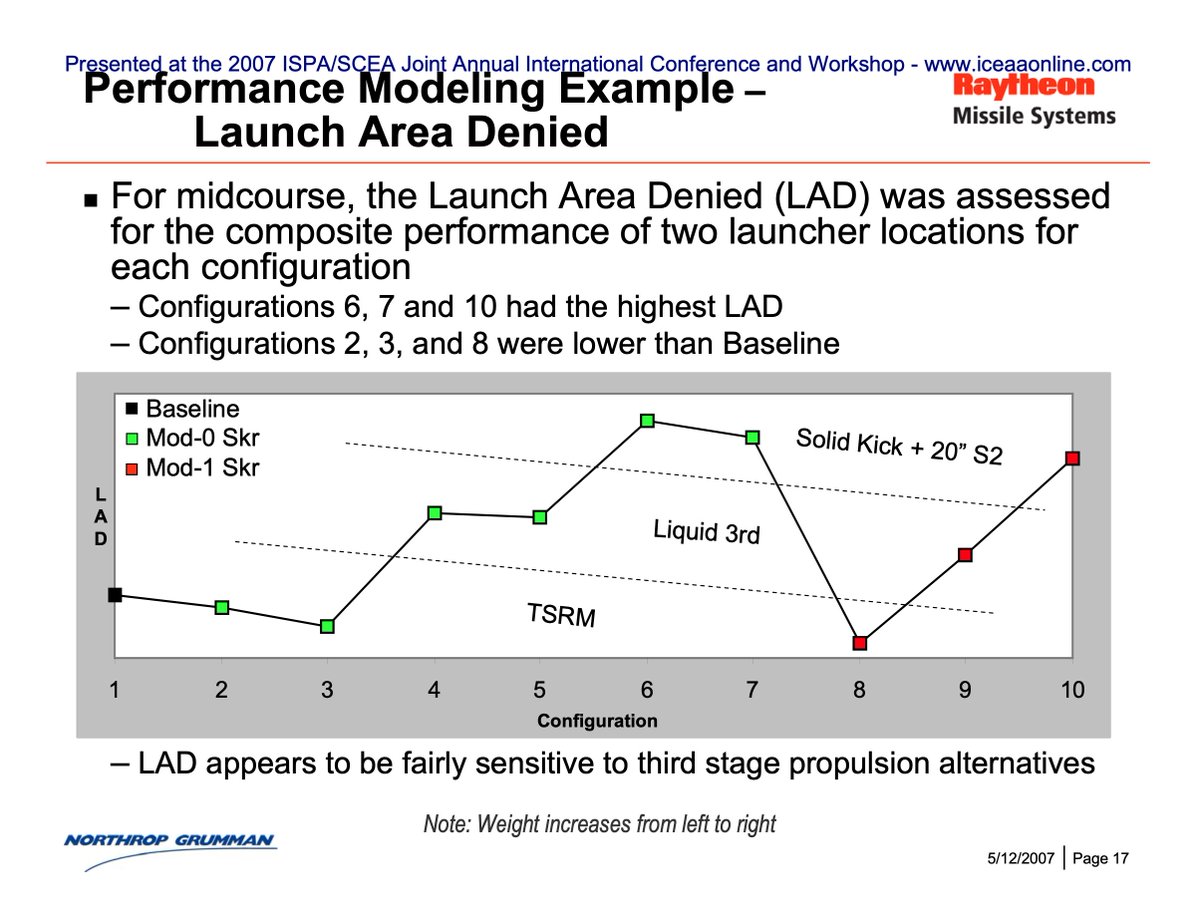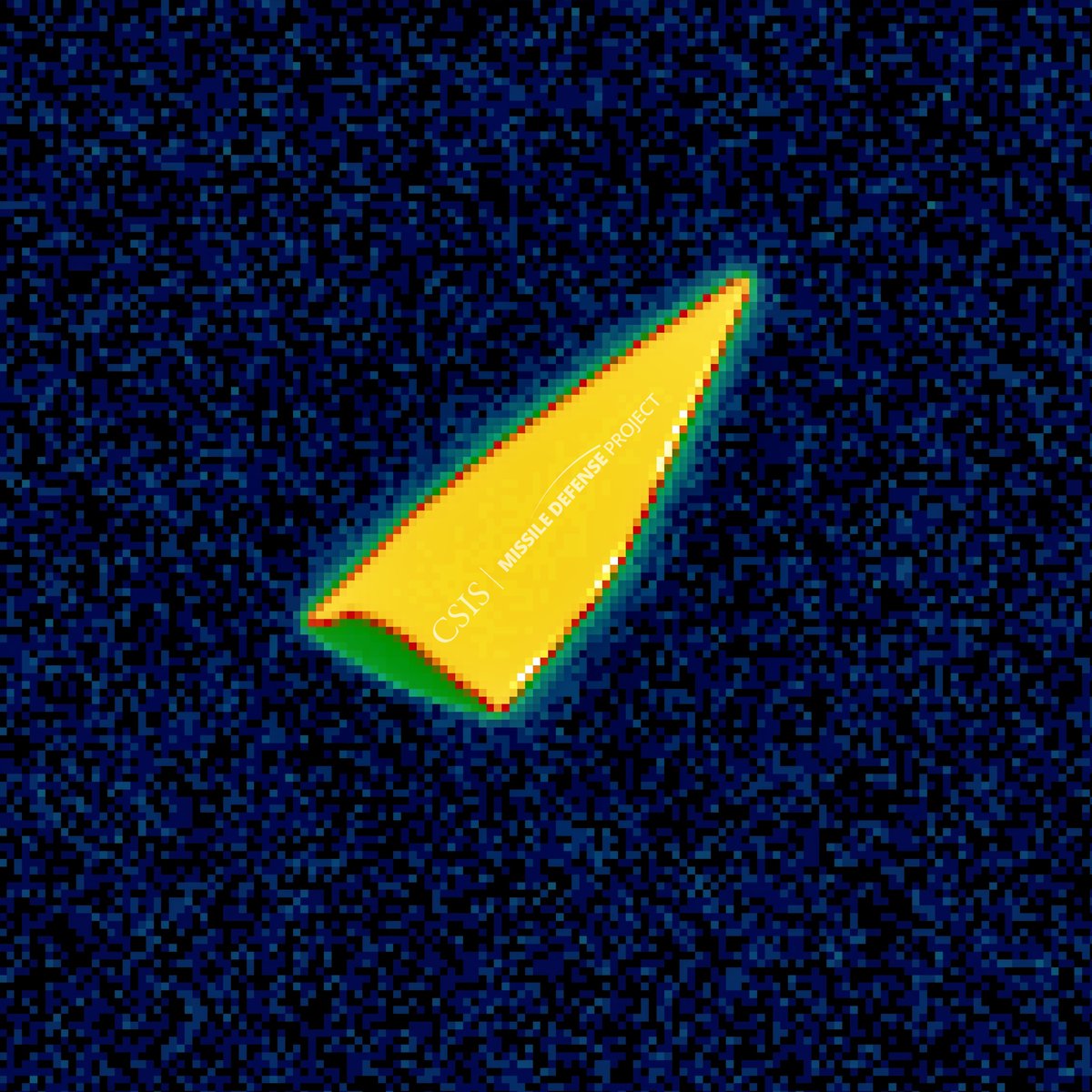1/ A rare peek into history from the back catalog: the kill vehicle for the Kinetic Energy Interceptor, cancelled effort to develop a boost-phase interceptor.
https://twitter.com/masao_dahlgren/status/1184510432565968897
2/ A key advantage with these types of systems is the ability to intercept an ICBM while it is still boosting into space—before it can release multiple payloads and other debris, which are harder to track. See this comparison of estimates on boost times: it's a matter of seconds. 

3/ An interceptor to do that, within reasonable distances, would have to be very fast—with faster acceleration and final velocities. Think 4 km/s and up. This meant the KEI missile had to be pretty big.
Photo: Northrop Grumman

Photo: Northrop Grumman


4/ Some images of the KEI system as a whole, with the prototype launcher and C2/communications vehicles. I don't think an interior shot of this has been shared here before.
Photo: Northrop Grumman



Photo: Northrop Grumman




5/ I started posting about this in 2019, around when our project on boost-phase defense started. It's been about 10 years since the last major study on the subject. The idea got a shoutout in the latest @Journal_IS; our report should go into great detail on what's changed. 

6/ So tune in to our report drop on Friday. It's shaping up to be a great conversation with Trey Obering, who directed MDA around the time, and Dean Wilkening, who authored one of the most important open evaluations of air-based boost-phase intercept.
https://twitter.com/csis_isp/status/1539598947890724866
7/ Some of the readings mentioned in this thread:
Dean Wilkening:
scienceandglobalsecurity.org/archive/2004/0…
@JaySankarans and Fetter:
direct.mit.edu/isec/article/4…
Also CCing for interest @wslafoy @nktpnd @Ascii211 @AthertonKD @Aviation_Intel @shashj @arawnsley
Dean Wilkening:
scienceandglobalsecurity.org/archive/2004/0…
@JaySankarans and Fetter:
direct.mit.edu/isec/article/4…
Also CCing for interest @wslafoy @nktpnd @Ascii211 @AthertonKD @Aviation_Intel @shashj @arawnsley
8/ Linking some more into our megathread: teasers of our forthcoming report's parametric analysis.
https://twitter.com/Missile_Defense/status/1539721432699125760
For the nerds, some slides on systems design and affordability process for KEI interceptor. The design was apparently quite sensitive to changes in the 3rd stage. Also some very interesting details of the design optimization of the IR seeker. 4-color approaches had too low yield. 







• • •
Missing some Tweet in this thread? You can try to
force a refresh




























